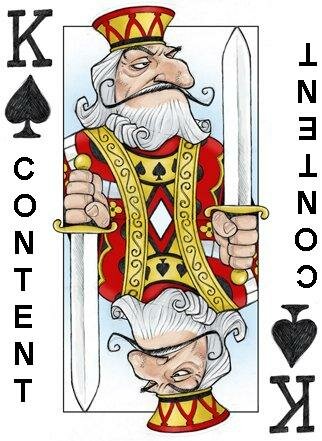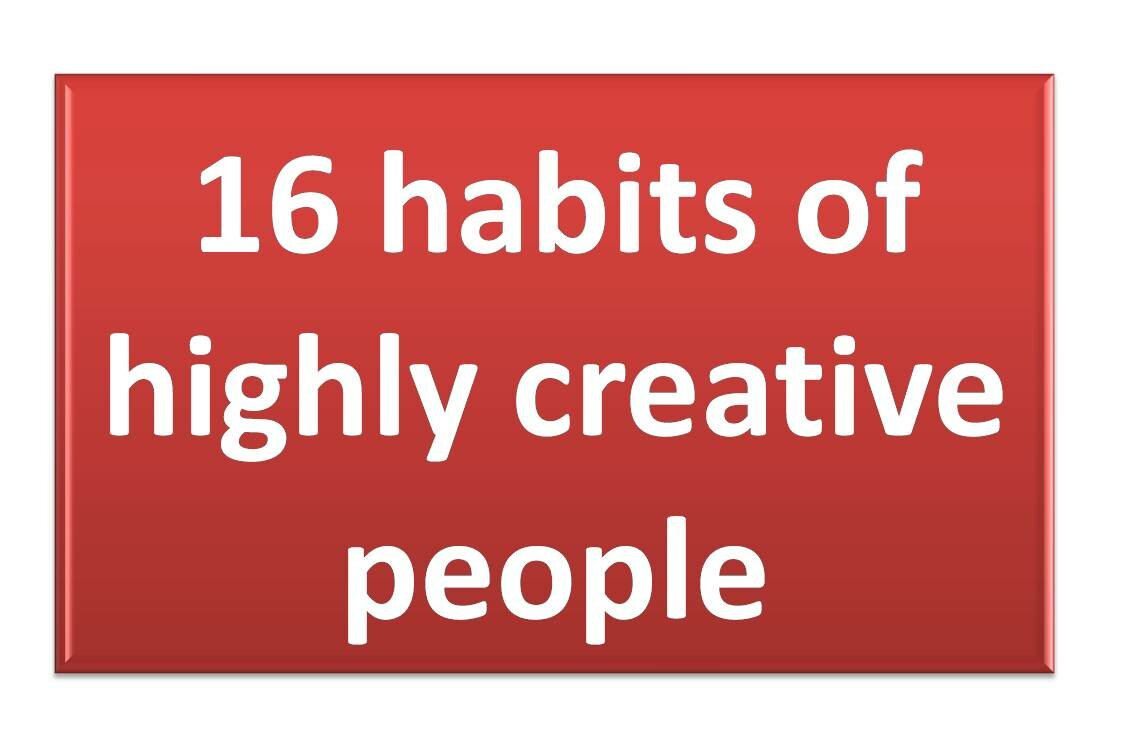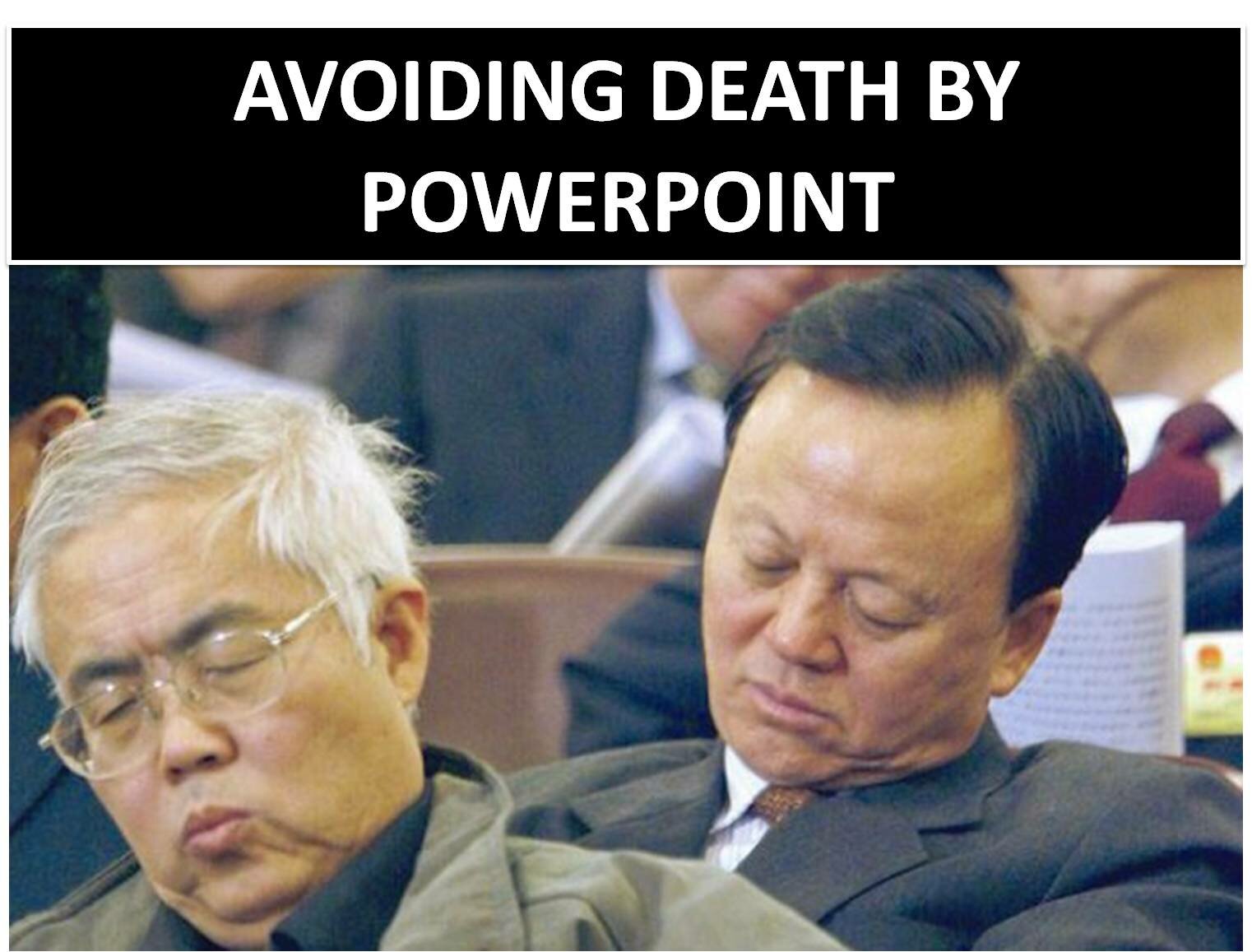Creativity and Amitabh Bachchan
|
|||||||||
KR Ravi | Feb 15, 2009
 About two decades ago a CEO faced an existential crisis. His company was in a very bad shape and his career was in danger. As he and his deputy sat in his office late into the night they asked themselves one final question – what would a new CEO do to transform the company?
About two decades ago a CEO faced an existential crisis. His company was in a very bad shape and his career was in danger. As he and his deputy sat in his office late into the night they asked themselves one final question – what would a new CEO do to transform the company?
They had the answer.
They then set about diversifying into a new line – a move that made the company into a worldwide success and the CEO into a business legend. The move from memory chips to microprocessors made INTEL a world leader – a position it still occupies.
In my workshops in creativity I tease trainees and put them into a situation that takes them out of their conventional patterns of thinking. The results are almost always surprising and rewarding.
In the INTEL case the CEO put himself into the shoes of his imaginary and far more successful and enterprising successor.
In one session for executives of a company I asked trainees to write down the name of the ONE person whom they considered their role model. Then I asked them to take up ONE issue of critical importance to their company. Each trainee had to imagine that their role model had taken over as the CEO. They had to write down the answer to the question “What would the new CEO – the role model – do to make my company a market leader?”
I assisted them to make this exercise more meaningful by asking them to be specific about their role model. Thus when someone said that Amitabh Bachchan was his role model, I asked him which film role of the actor he liked most. He replied that the Amitabh of ‘Deewaar’ was his role model. I told him to imagine the Amitabh of ‘Deewaar’ taking over as his CEO. What would he do different?
It was really surprising the number of ideas that came up in the class for the same problem.
The only difference was that each participant had a different role model. What was striking was not just the number of ideas but the different directions in which the minds of the trainees went. This led to a rich repertoire of ideas most of them out of the box.
In another instance I was told that the company had almost finalized a major diversification and this caused much excitement but also many fears. Some trainees wondered if the plan would in fact add to the crisis rather than help matters. I devised an exercise – called pre-mortem – in which the trainees were asked to imagine that three years down the line the diversification plan had in fact led to a disaster and the company was floundering. Fast forward to that day three years down and try to write down the reasons why the plans did not work. In less than half an hour a list of over 3 dozen ‘reasons’ for the disaster had emerged. This list of ‘reasons’ was critical in strengthening the plans, in anticipating possible pitfalls and in keeping plan ‘B’ ready.
At an individual level I provoke executives attending to think creatively by telling them to picture in their mind the following scenario.
You have been given the pink slip for poor performance. Two years later you get some reliable inside information on some remarkable changes and innovations that your successor introduced sitting in the same chair that you once occupied.
Ask yourself – what did he do that you never did?
–
K.R. Ravi is South Asia’s first Dr.Edward De Bono certified public trainer in lateral thinking, and a pioneer in spreading lateral thinking in the Indian corporate sector. For more details, visit http://www.krravi.com or contact him at .
Filed Under: Miscellaneous
|
|||||||||



















Interesting. Pre-mortem is when everyone is wearing the Black Thinking Hat of Bono. Good that pessimism helps at times